REITWeek Special Report: Blackstone’s Gray on Where to Find Value
Jonathan Gray, Blackstone’s global head of real estate, dispenses advice on how to find assets that will outperform in today's real estate cycle at REITWeek in New York City.
By Mike Ratliff, Senior Associate Editor
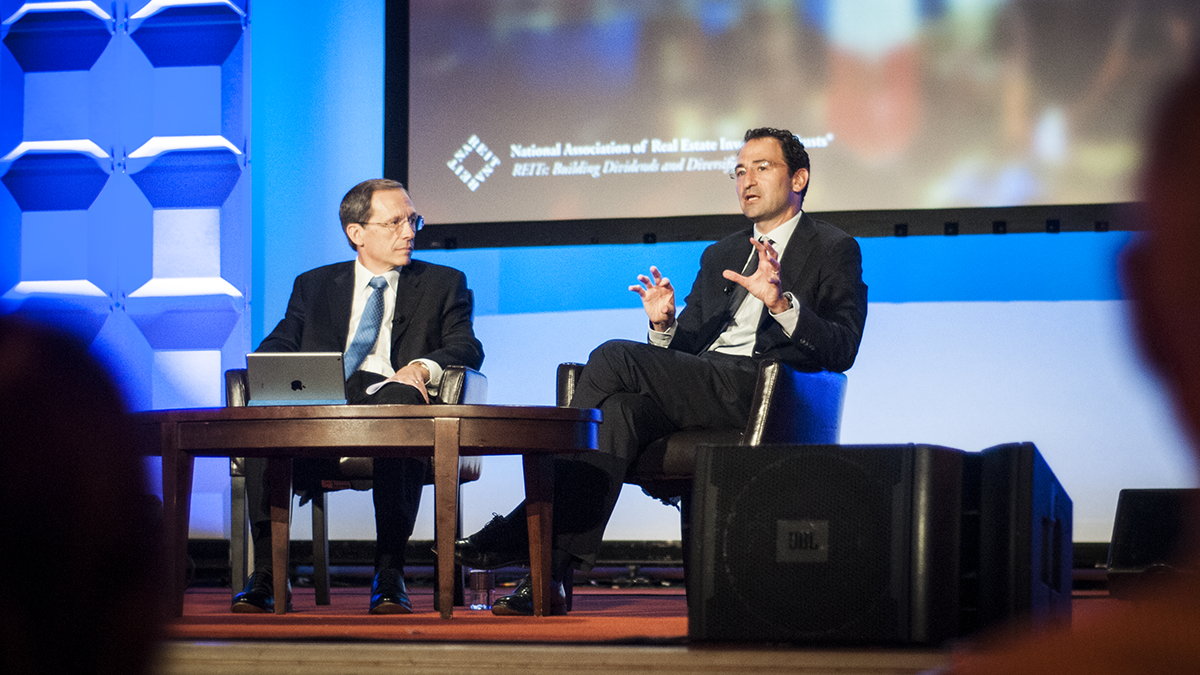
(Left: Ron Havner, 2014 chair, NAREIT, chairman & CEO, Public Storage Inc. Right: Jonathan Gray, global head of real estate, Blackstone.)
REITWeek 2014 is in full swing at New York’s legendary Walfdorf Astoria hotel. In a testament to the growing public real estate sector, NAREIT’s flagship conference saw a 20 percent increase in attendees this year over its most popular conference in the past, according to Ron Havner, 2014 chair of NAREIT and chairman and CEO of self-storage REIT Public Storage Inc. On Tuesday afternoon Havner sat down to chat with Jonathan Gray, global head of real estate at Blackstone Group, who felt right at home as keynote speaker given that his company owns the place.
Blackstone, of course, is the world’s largest real estate investor with $81 billion of assets under management. Over the last 20 years, the real estate business has delivered 17 percent net annual returns. Compare that to 9.5 percent in the S&P 500 and 10.5 percent for the FTSE NAREIT Index. It’s obvious that Gray and his team are doing something right, and Havner’s questions were geared at how to land smart deals in today’s cycle.
In general, Gray looks to identify a theme—whether it be a sector or asset class—and then after a rigorous analysis “go all in” to capture that potential upside. Take, for example, that Blackstone had no U.S. industrial holdings just four years ago. Coming out of the crisis, rents and occupancies had fallen, and debt was hard to come by. Some public industrial companies had to sell in order to become leveraged.
“We thought it was a very interesting underlying asset class because we knew the economy would at some point recover,” Gray said. “We also knew that there was very limited new supply, and when the debt and equity returned value would recover as well.”
So Blackstone assembled a team and went to work buying 120 million square feet of industrial space across the United States. Next, they went to Europe and did the same thing, growing an industrial footprint from zero to 50 million square feet in 18 months.
“The basic idea is here is an asset class that is undervalued, we think the cycle will turn, let’s go after it in a big way,” Gray said.
Given the amount of capital that Blackstone deploys year after year, the audience was interested to hear about the decision process behind the moves that consistently outperform other firms. Gray attributes the success to staying true to the company’s original simple strategy: buy it, fix it, sell it.
“The big risk—especially as businesses like ours grow—is that you lose, somehow, what makes you special. You lose the investment discipline, you lose the rigor, you become more ‘siloed’, bureaucratic, and you don’t maintain what made your business special to start.”
Blackstone shies away from development and instead focuses on buying assets at discount to replacement cost. The next step is fixing what is broken, whether it be capital structure, management or the lease roll. The final step is a sale. By using this same strategy across the globe and across different sectors, Blackstone has stayed out of trouble.
So that brings us to the question: where are the undervalued assets in 2014? Geographically speaking, Gray still sees growth in Asia, though at a slower pace. He does not hold the view that China is on the verge of imploding and taking down its neighbors and Australia with it. Underlying trends are strong with continued urbanization, though Gray does admit that the growth of the past is unlikely to be repeated in the future.
“What happens in the reset of lower growth, is that capital leaves in a big way,” Gray said. “For us, that is not necessarily a bad thing. It leads to less construction. Bangalore in India is down 50 to 60 percent in new office supply, and there are similar stats in Beijing. It leads to less capital.”
As capital pulls away, it generally creates a better environment to invest in. For instance, Blackstone can now play rising consumption in China in the retail and logistics sectors, which both have underlying demand and limited supply. Along that same vein, Gray sees opportunity in India. Blackstone set up shop in India in 2006 and made their first real estate deal in 2011. They are buying big blocks of office in Pune, Mumbai, Bangalore. Tenants include the likes of Cisco, IBM, Microsoft and Goldman Sachs and cap rates are approaching 12 percent. Compare that to the 5 and 6 percent cap rates being achieved in the U.S. office sector.
Blackstone sees slow growth in Europe as well, as countries work to shrink the leverage of their financial institutions, and companies work to sell off bad assets. As we have seen in our own economy, when you reduce the availability of credit, it is hard to achieve growth. Therein lays opportunity. Blackstone has been the most active investor in European real estate, putting out roughly $8 billion in equity over the last few years. How does Gray justify the investment?
“It is a function of distressed. It is function of those assets being sold for what we think are attractive prices, at substantial discount to physical replacement costs.”
Blackstone recently acquired €1.8 billion ($2.5 billion) in loans from Ireland’s National Asset Management Agency, which is essentially the Irish equivalent of the Resolution Trust Corp. They have been a big buyer of residential, and to a lesser extent office, in Spain, with plans to move into hospitality. Shopping centers are the product of choice in Italy, though Gray is also targeting office and warehouse space. But it isn’t just Blackstone who is taking this European investment strategy, as opportunistic funds are beginning to realize the potential returns.
“You want to move with speed in Europe today, because once you get that distressed work through the system, it becomes a more difficult place to invest given the lack of growth.”
Back on the home front, Gray seemed generally optimistic for U.S. real estate. The housing market is starting to pick back up, and values should increase. Blackstone currently owns 45,000 single family homes that are being rented out, so the company is set up well for a rebound. But with 98 percent of the renovated homes occupied, the firm benefits from steady income at moment.
On the commercial side, Blackstone’s office group Equity Office is starting to see the technology and energy tenant base broaden with smaller tenants starting to sign leases. The same is true in their retail and industrial spaces. This, combined with the fact that it looks like the government will not shut down this year, has led Gray to believe that we are moving away from the 1 to 2 percent GDP growth rate and towards escape velocity. While this is good news for the economy, it is becoming hard and harder to find outsized returns in real estate. This means that some are questioning exactly where we stand in the cycle.
“Are we at the bubble? Should I be scared? Should I be selling all my REIT stock? My answer to that would be no. What we still see is very good supply-demand fundamentals. If you look at retail, industrial and office, you are building at about half the rate of historic levels, so demand is likely to outpace supply of the next several years, particularly if the economy picks up.”

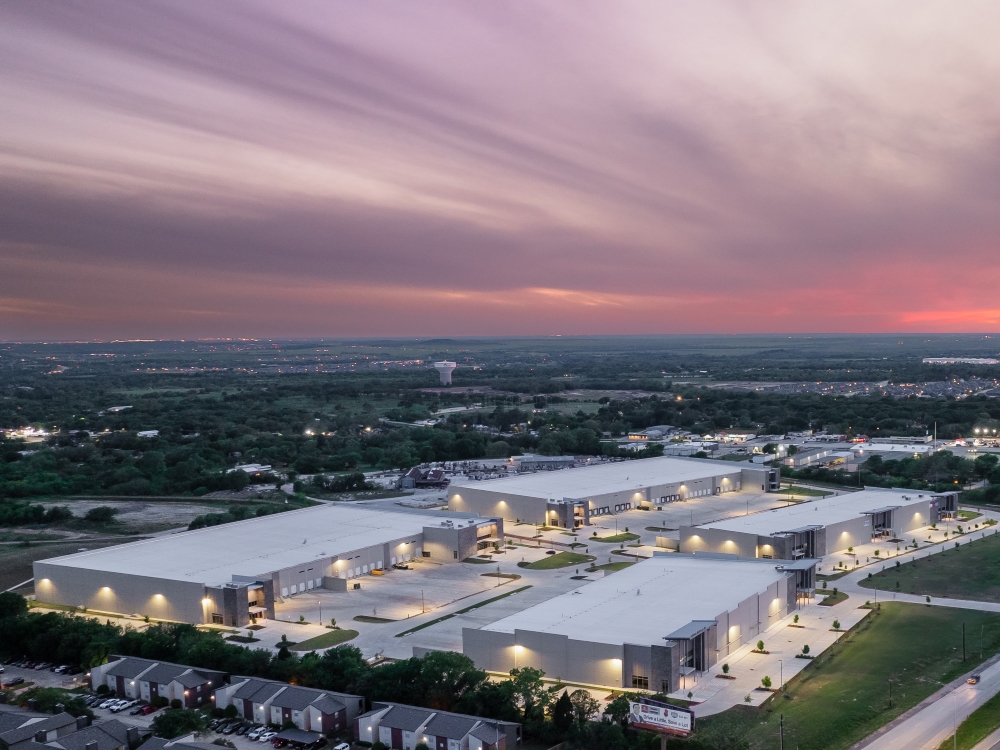

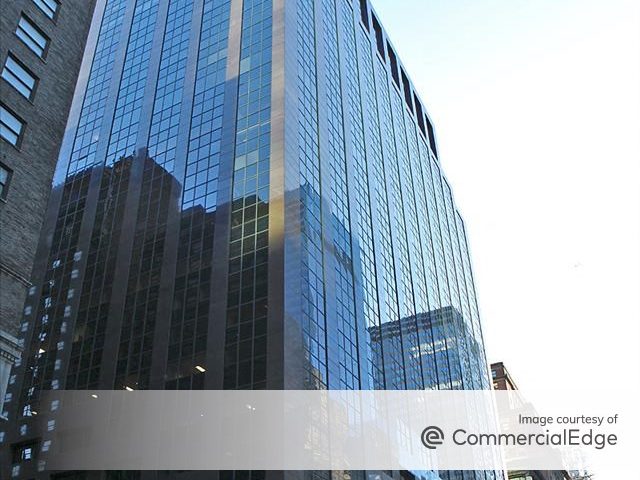

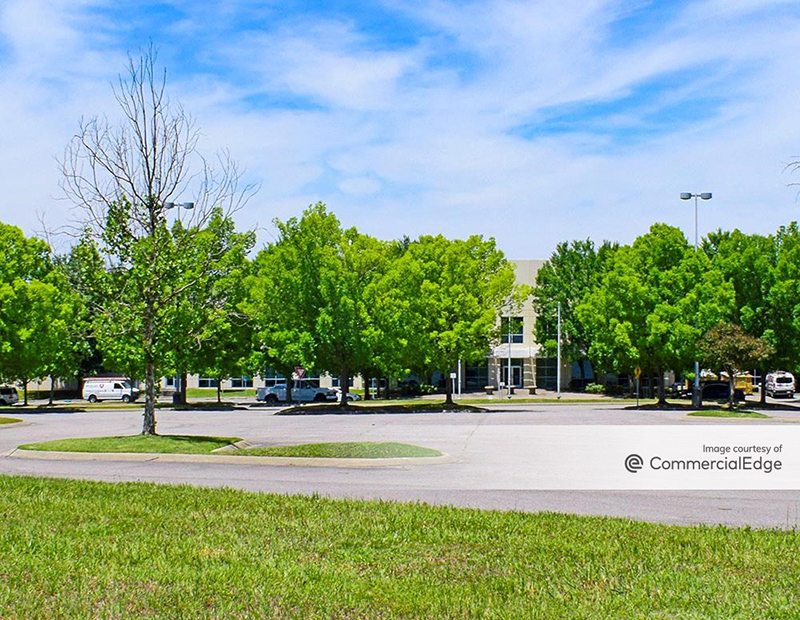
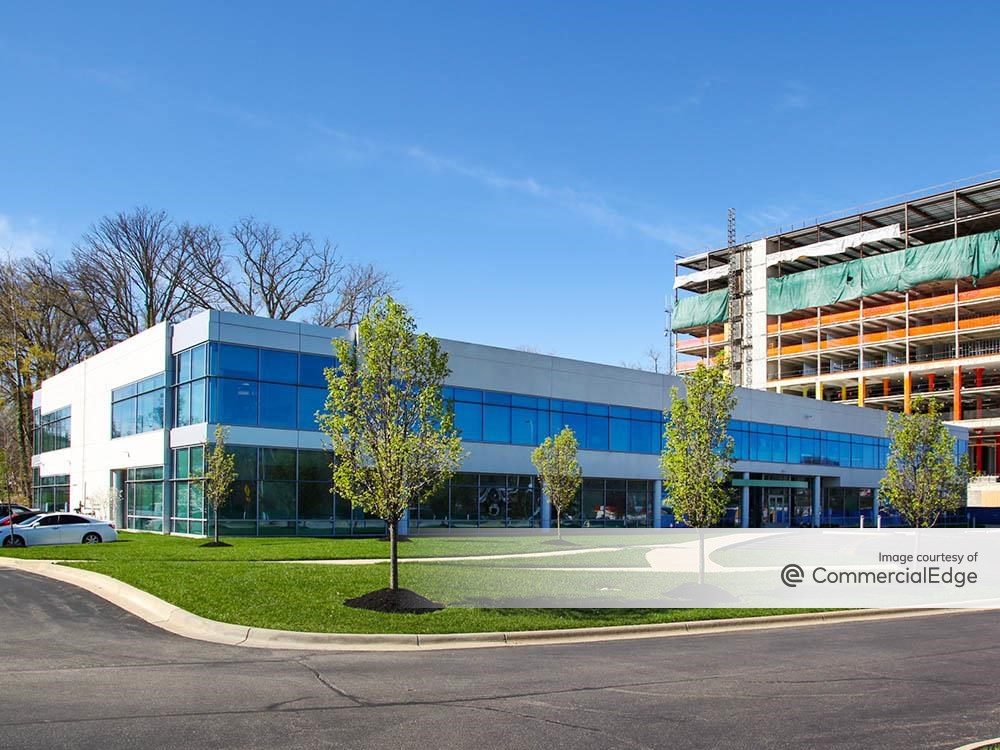
You must be logged in to post a comment.